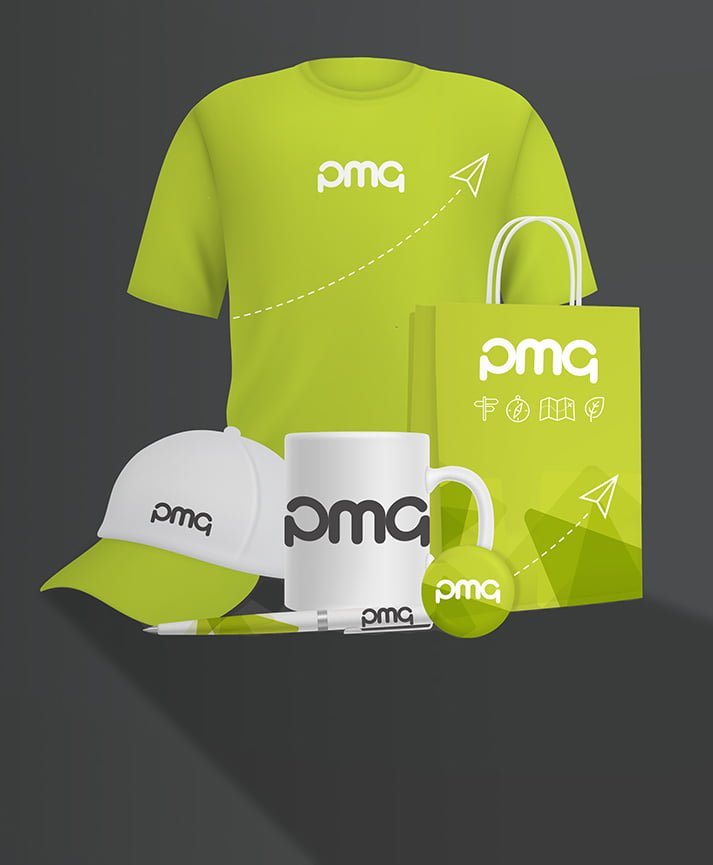
Printing projects in business remain an important tool for marketing department to wield. Even in today’s digital world, business cards, leaflets, posters and other forms of print still have their place. With the help of a print management company, you can make your print materials more effective while simultaneously reducing the cost of your usual print runs. By cleverly tweaking print designs, you can easily achieve these savings without having to sacrifice quality. We contact our trusted network of print suppliers to ensure that you achieve the top quality results that you’re after, whatever you’re printing. Given the mechanical nature of many of today’s print processes, plus compatibility issues when working with digital files, quality control is vital in print. Here’s an outline of the stages involved.
Preparation
You could argue that quality control begins with the years of training carried out by staff members, and in the years of experience that print employees gather during the course of their work. For many print runs, the first real step in the quality control process is confirming the technical details of the print run with the client and the print management company. The quote will cover the number, size and expected completion date of any print run. Any mistake here will prove costly later on.
Pre-flight
We recently covered pre-flight checks in detail on the PMG Print Management blog, but here’s a quick summary of what they entail:
Compatibility. Files must be converted to the correct file type, colours need to be in CMYK form and all images and typefaces must be accessible to the print system.
Resolution and readability. The resolution of images is checked to ensure that there will be no blurs or pixilation on the finished product. Printers will also determine whether text will be readable when printed.
Ordering, margins, bleeds. The layout and order of pages also needs to be checked thoroughly before the print run properly begins.
Pre-flight checks are essential in digital print, and represent perhaps the most significant area of quality control in 21st century print projects.
Proof
For anything other than the smallest of print runs, a proof is produced to give the client an accurate idea of what the final result will look like. Digital proofs are commonly used to check text, alignment and layout, while ‘wet’ or ‘press’ proofs are actually short runs on the press itself, using the paper type that will eventually be used in the full run. This means that wet proofs can be used to check colour, but they’re also far more expensive than digital proofs. Additionally, if you carry out this type of proof and aren’t happy with an aspect of the print aside from colour (such as text size), the plates will have to be changed.
Machine maintenance and checks
Professional printers will carry out routine maintenance on their printers, ensuring that the machines are working efficiently at all times. Throughout each print run, the results will be checked periodically to ensure that nothing has gone awry. While today’s printers are far more reliable than the machinery used in the past, this type of quality control is still important.
Inspection and handover
The final products are usually inspected by the supplier before they are handed over to the client, ensuring that the client’s specifications have been met.
We hope that this insight into the printing process has reassured you that your print is in safe hands. As a print management company, we work closely with all our suppliers and clients so that we can be sure you’re happy with the final result. Get in touch to learn more.
















































